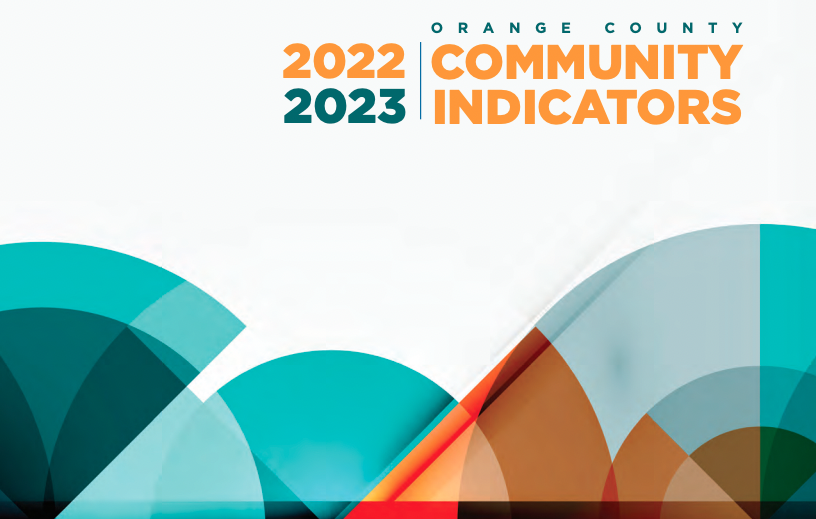
Even through a pandemic, Orange County’s high school graduation rate continued to climb, hitting a high of 91.4 percent in 2021. And about 57 percent of those recent graduates met UC or CSU admission requirements, exceeding the state’s average and representing a 14-point jump over a decade.
Those were among the educational trends and takeaways from the latest Orange County Community Indicators report, which made its debut Tuesday at an Orange County Business Council luncheon.
“I was really surprised and impressed with how well Orange County’s education system did under a very challenging environment,” OCBC Chief Economic Advisor Dr. Wallace Walrod, who helped draft the report, told an audience of business and community leaders at The Westin Anaheim Resort. “In the report there were some specific grade levels and areas where there were some declines, but in general there was tremendous success in pivoting under very difficult circumstances. So it was the performance of our educational system that surprised me the most, in a positive way.”
Published annually since 2010, the Community Indicators report tracks a range of critical issues locally, providing data on education, housing, income levels, health, infrastructure and the economy. The yearly assessment is intended to help businesses, educational leaders, local governments and community organizations better understand the region’s growth, prosperity and long-term stability.
Pandemic’s impacts
This year’s report, presented in partnership with CalOptima Health, the Orange County Community Foundation, First 5 Orange County and United Way Orange County, put an additional focus on remote work trends and how they’re influencing recruitment and retention. Also highlighted was the pandemic’s impact on educational outcomes.
It’s widely expected that this month’s release of student assessment scores from tests taken in the spring will reflect the widespread upheaval of the COVID-19 era, revealing a significant need for improvements in English and math. But Orange County school districts, which were among the first in the state to reopen for in-person learning, have already been quick to put in place targeted interventions, accelerated learning and other supports, some of which secured funding through California’s Expanded Learning Opportunities Program.
While Orange County’s graduation and college readiness rates all surpassed state averages, the report notes declines on standards-based tests, exacerbated by achievement gaps along racial and socioeconomic lines. Moreover, only about 53 percent of young children were considered ready for kindergarten in 2022 based on an Early Development Index supported by First 5 Orange County. That figure is relatively unchanged from 2018.
Older and more diverse
Orange County, the state’s third largest county with nearly 3.2 million residents, is becoming more diverse, with Asian, Latino and African American populations increasing since 2010. It’s also becoming older, with the median age rising to 38.3 years in 2020. Meanwhile, the overall population has decreased slightly as a result of escalating home prices — the median cost of a single-family home surpassed $1.2 million in June — and lower birth rates.
From 2020 to 2021, Orange County lost 30,251 residents as a result of domestic migration while adding an estimated 2,770 immigrants from other countries, the report notes. Population growth by way of “natural increase” — that’s the number of births minus deaths — also slowed, from 12,875 in 2019-20 to 4,649 in 2020-21.
For Tuesday’s rollout, Dr. Walrod was joined on stage by a panel of experts that included: David Bartlett, vice president of land entitlement and land and housing development for Brookfield Residential Properties, Southern California; Jennifer Kinkel, professor of child development and educational studies at Fullerton College; Christopher Schwarz, associate professor of finance at UCI’s Paul Merage School of Business and faculty director of the university’s Center for Investment and Wealth Management; and Mini Walia, senior vice president of Customer Leadership Retail at the Coca-Cola Company West Zone.
OCBC President and CEO Jeff Ball emceed the event.
To learn more, or to read the full Orange County Community Indicators Report for 2022-23, visit ocbc.org/research/community-indicators-project.
